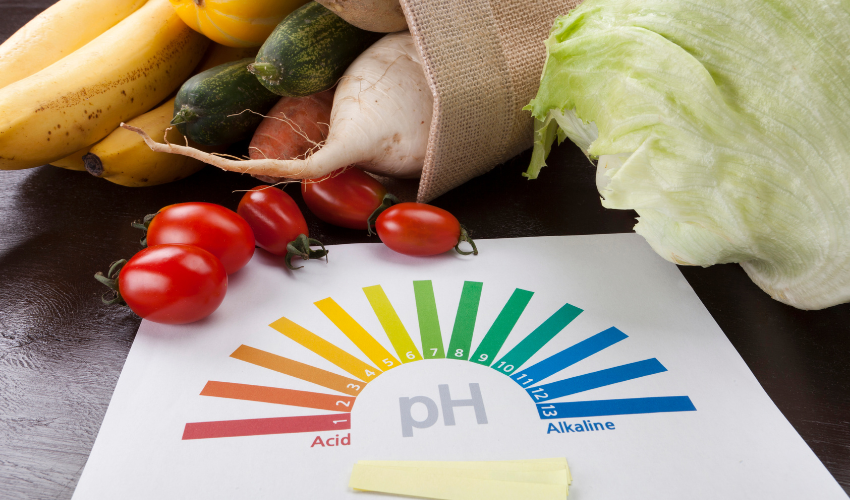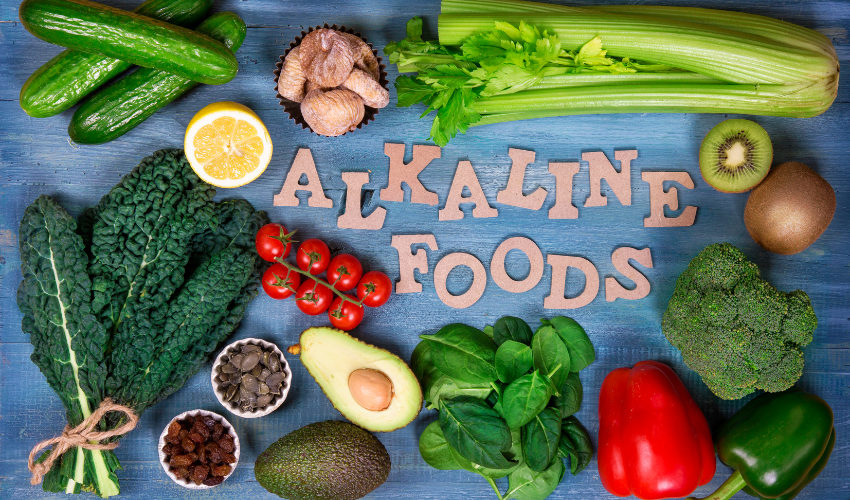Acid and alkaline are two fundamental terms in the world of chemistry that refer to the pH level of a substance. pH stands for “potential of hydrogen,” which is the measurement of the concentration of hydrogen ions in a solution. Acidic substances have a pH of less than 7, while alkaline substances have a pH of greater than 7. The difference between acid and alkaline is not just limited to the pH level but extends to their properties, uses, and effects on our environment and health. This article aims to provide a comprehensive understanding of the differences between acid and alkaline.

Properties
Acidic substances are characterized by the presence of hydrogen ions, which can donate protons and react with other substances. Acidic substances are sour in taste, have a low pH, and can dissolve metals, corrode surfaces, and burn skin. Examples of acidic substances are lemon juice, vinegar, and battery acid. On the other hand, alkaline substances are characterized by the presence of hydroxide ions, which can accept protons and neutralize acidic substances. Alkaline substances are bitter in taste, have a high pH, and can be slippery. Examples of alkaline substances are soap, bleach, and baking soda.

Uses
Acidic substances are used in various industrial, household, and medical applications. For instance, sulfuric acid is used in car batteries and fertilizer production, while acetic acid is used in food preservation and vinegar production. Hydrochloric acid is used in the production of chlorine and as a cleaning agent. On the other hand, alkaline substances are used in cleaning, cooking, and medical applications. For example, sodium hydroxide is used in soap and detergent production, while ammonia is used in cleaning products. Baking soda is used as a leavening agent in baking, while magnesium hydroxide is used as an antacid.
Effects
Acidic substances can have both positive and negative effects on our environment and health. For example, stomach acid helps in digestion, but excessive acid production can lead to heartburn and acid reflux. Acid rain, caused by the emission of sulfur dioxide and nitrogen oxide, can damage crops, forests, and aquatic life. On the other hand, alkaline substances can also have positive and negative effects. For instance, some alkaline minerals like calcium and magnesium are essential for our health, while excessive intake of alkaline water can disrupt the body’s natural pH balance. Alkaline substances can also cause skin and eye irritation if not handled properly.

Effects on the Body
Acids and alkaline substances can have different effects on the body depending on how they are ingested. For example, when acids are consumed, they can cause irritation, burning sensations, and even corrosion of the digestive system. However, the human body has natural defenses to neutralize excess acids and maintain a healthy pH balance.
On the other hand, consuming too much alkaline substances can also be harmful, as it can disrupt the natural balance of acids and bases in the body, leading to alkalosis. Symptoms of alkalosis may include muscle twitching, nausea, vomiting, confusion, and even coma in severe cases.
FAQs
What is the pH of pure water?
The pH of pure water is 7, which is neutral.
Is lemon juice acidic or alkaline?
Lemon juice is acidic, with a pH of around 2.
Can alkaline water cure diseases?
There is no scientific evidence to support the claim that alkaline water can cure diseases.
What is the effect of acid rain on buildings?
Acid rain can corrode metals and dissolve limestone and marble, causing damage to buildings and monuments.
Can the pH level of the body change?
Yes, the pH level can change due to factors such as diet, exercise, and stress.
Can baking soda be used to treat heartburn?
Yes, baking soda can help neutralize stomach acid and provide relief from heartburn.
Conclusion
In conclusion, the difference between acid and alkaline is significant, ranging from their properties, uses, and effects. Understanding these differences can help us make informed choices in our daily lives, whether it’s choosing the right cleaning product, selecting the right food, or understanding the impact of environmental factors. Acidic and alkaline substances play a vital role in our world, and it’s essential to understand their properties and how they affect us. By being aware of the differences between acid and alkaline, we can make better choices for our health, environment, and overall well-being. Remember to handle these substances with care and always follow safety guidelines when using them.






















